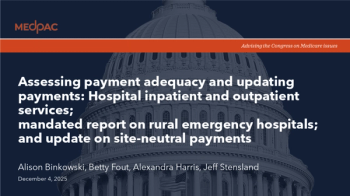
Childcare concerns stress health care workers during pandemic
Study finds more depression, burnout as worries over childcare increase
Childcare-related
In a survey conducted from April to December 2020, the study’s authors asked about 58,000 health care workers—including 15,766 physicians--to rate their concerns about childcare due to COVID on a scale of 1 to 4, with 4 being the highest. Those scoring a 3 or 4 were considered to have childcare stress (CCS).
They found that just over 12,000, or about 21%, of all workers experienced CCS, and that the prevalence of
Broken down by race and ethnicity, the highest rate of CCS, 27.6%, was among those who preferred not to identify their category. That was followed by Hispanics/Latinos (26.3%,), Asian or Pacific Islanders and Native Americans (both at 25%), and African Americans (24.7%). The rate for white respondents was 18.8%.
Elevated feelings of CCS were also associated with greater likelihood of reducing work hours or quitting, the report found. Among all workers experiencing CCS, had 91% greater odds of intending to reduce work hours, and 28% greater odds of intending to leave their job, than those without CCS. Similarly, workers experiencing CCS had 115% greater odds of anxiety and depression than those with low CCS.
The authors propose addressing the problem of CCS through “a more intentional approach in the health care workplace to assessing and addressing childcare concerns” when making workplace assignments. Employers that can provide on-site care for ill children or on-site schools, and are aware of employees childcare concerns “will be better positioned to show workers they are a caring environment,“ and are thus likely to experience less turnover and fewer employees reducing their work hours.
The study, “Childcare Stress, Burnout, and Intent to Reduce Hour or Leave the Job During the COVID-19 Pandemic Among US Health Care Workers” was published July 18 on JAMA Network Open.
Newsletter
Stay informed and empowered with Medical Economics enewsletter, delivering expert insights, financial strategies, practice management tips and technology trends — tailored for today’s physicians.















